|
The story of the Croatian embassy in Canberra is as epic as Croatia's history
Building of the Embassy of the Republic of Croatia in Australia.
Summary. The Lifestyle Magazine CAPITAL for in and around Canberra, in the 14th issue of January - February 2005, published a luxorous article A castle for Croatia, written by Ainsleigh Sheridan and with excellent photos of Elizabeth Hawkes. The story of the Croatian embassy is as epic as Croatia's history. It was built entirely through the efforts of Croatians living in Australia. Furthermore, local architect Antony Mikulic won a selective competition to design the embassy, which the Royal Institute of Architects awarded with a commendation in 2001. The article is based on the interview with His Excellencey Dr Mladen Ibler (on the photo), the then ambassador of the Republic of Croatia in Australia.
|
A castle for Croatia
The story of the Croatian embassy is as epic as Croatia's history.
By Ainsleigh Sheridan
photography by Elizabeth Hawkes
Up to 200,000 Croatians and people of Croatian origin live in Australia and since the second world war they have been looking forward to the day that Croatia would be an independent country. That day came on October 8, 1991, when the Croatian parliament adopted a unanimous decision to sever all constitutional relations with the former Socialist Federal Republic of Yugoslavia.
In Canberra, the idea to build a Croatian embassy arose. It would take another three years to lay the foundation stone on a hillside in O’Malley, but then just seven months to build and officially open the embassy of the Republic of Croatia, with labour and building materials almost entirely donated by the Australian-Croatian community.
His Excellency Dr Mladen Ibler,
Ambassador of the Republic of Croatia in Australia from 1999 to 2005.
“You would not believe how many people were here on opening day,” says Ambassador for Croatia, his excellency dr Mladen Ibler. “I hope the ambassador after me will plan to make an exhibition for the 10th anniversary of the opening in June, because we have a lot of old photographs of the work on the place and it would be great to show how it was done, how many people joined in this work.”
| 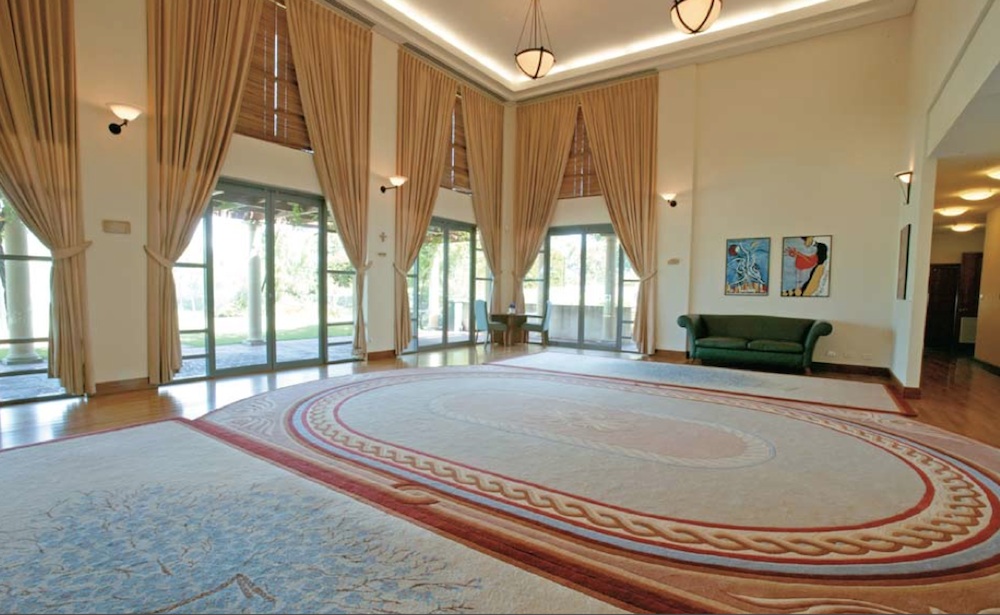
A local committee of “just three or four men” ran the embassy’s day-to-day construction, says founding committee member Mirko Skrnjug,“organising labour, materials and funds, of which almost 100 per cent was donated by Croatians from all over Australia. To ask for money, materials - that wasn’t a problem.
“When Croatia became independent, we wanted to give a gift to our first mother, you know? A present after so many years. We had to make a roster, so many people came to work.” The Croatian women’s Association“ prepared food and drink for the workers every day, to save money. It was a gift from the heart and something we are proud of, that feeling of community.” All who contributed are mentioned on the donors’ board in the embassy’s foyer. Local architect Antony Mikulic won a selective competition to design the embassy, which the Royal Institute of Architects awarded with a commendation in 2001. “I based my design on the Croatia I remembered from a childhood journey there, taking visual clues from across the country, such as the window surrounds and the castle turret feature, and working them into a contemporary setting.”
| 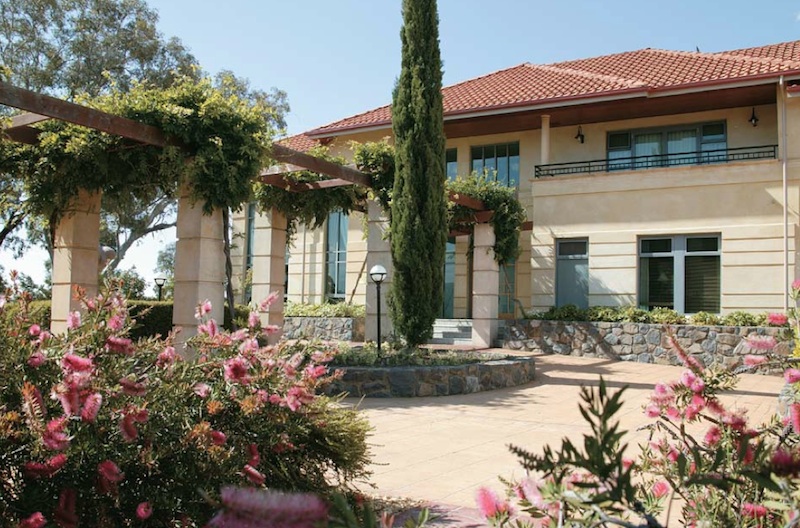 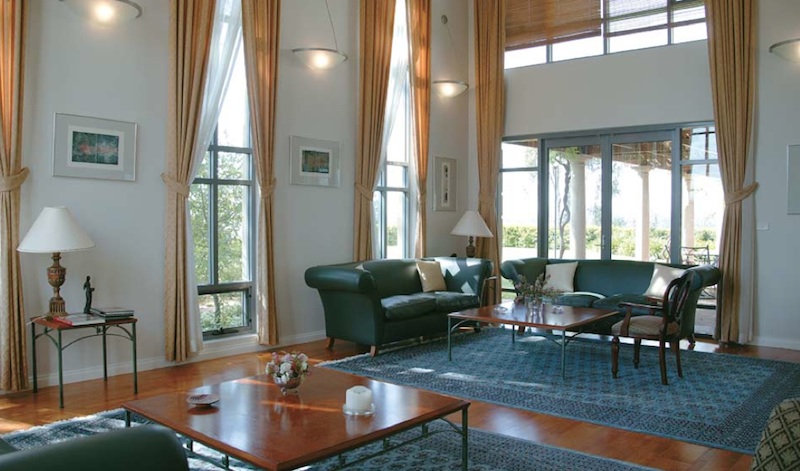
The O’Malley site includes the consulate building and residence, linked by a covered walkway. The consulate hall seats 100, sufficiently large for concerts, lectures and exhibitions, “a regular calendar of events where the diplomatic community and the Croatian community are involved,” says Dr Ibler. A large patterned carpet has been sent from a Croatian factory, where it was custom-made for the embassy using Australian wool.
Colourful posters from Croatia’s National Theatre, advertising new operas and dramas, line the walls as they are shipped more easily and inexpensively than other artworks. Paintings in a variety of styles by Australian-Croatian artists, such as Charles Bilich of The Rocks, Sydney, are hung throughout, as are replica artefacts from Croatian churches, with examples of Glagolitic script from the 11th and 12th centuries. “Croatia is a very old country and had one of the first kingdoms in Europe,” Dr Ibler says.
A small library stocks Croatian language books and brochures, documenting the rugged grandeur of Croatia’s mountain ranges and the sparkling jewel that is the Adriatic Sea. A picture of a seemingly average sub- urban house is revealed to be Canberra’s ‘first’ Croatian embassy, symbolically established in 1975.“ It was popular,” Dr Ibler says. “People came, they had cultural events, a Croatian library.” A disgruntled Yugoslavian official had it closed within a few years.
| 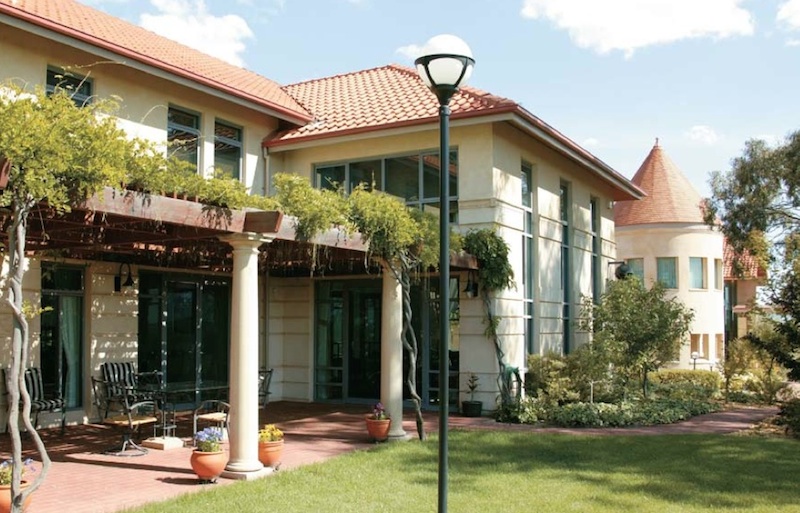 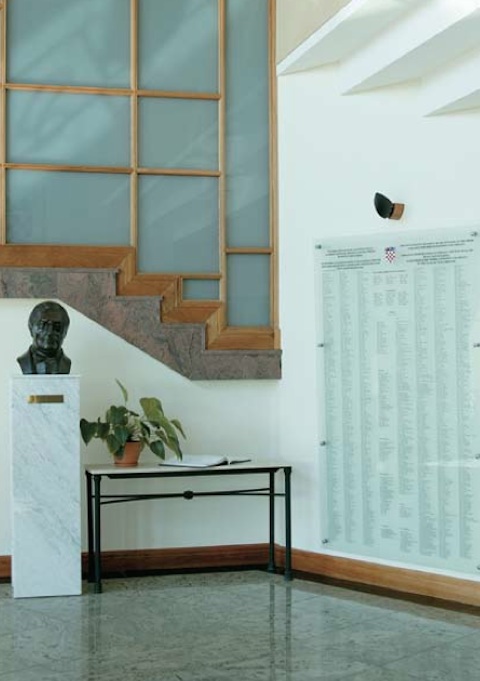 On the left, the bust of Dr. Franjo Tuđman, the first president of the Republic of Croatia. On the right, the list of donators for building the Croatian embassy in Canberra: 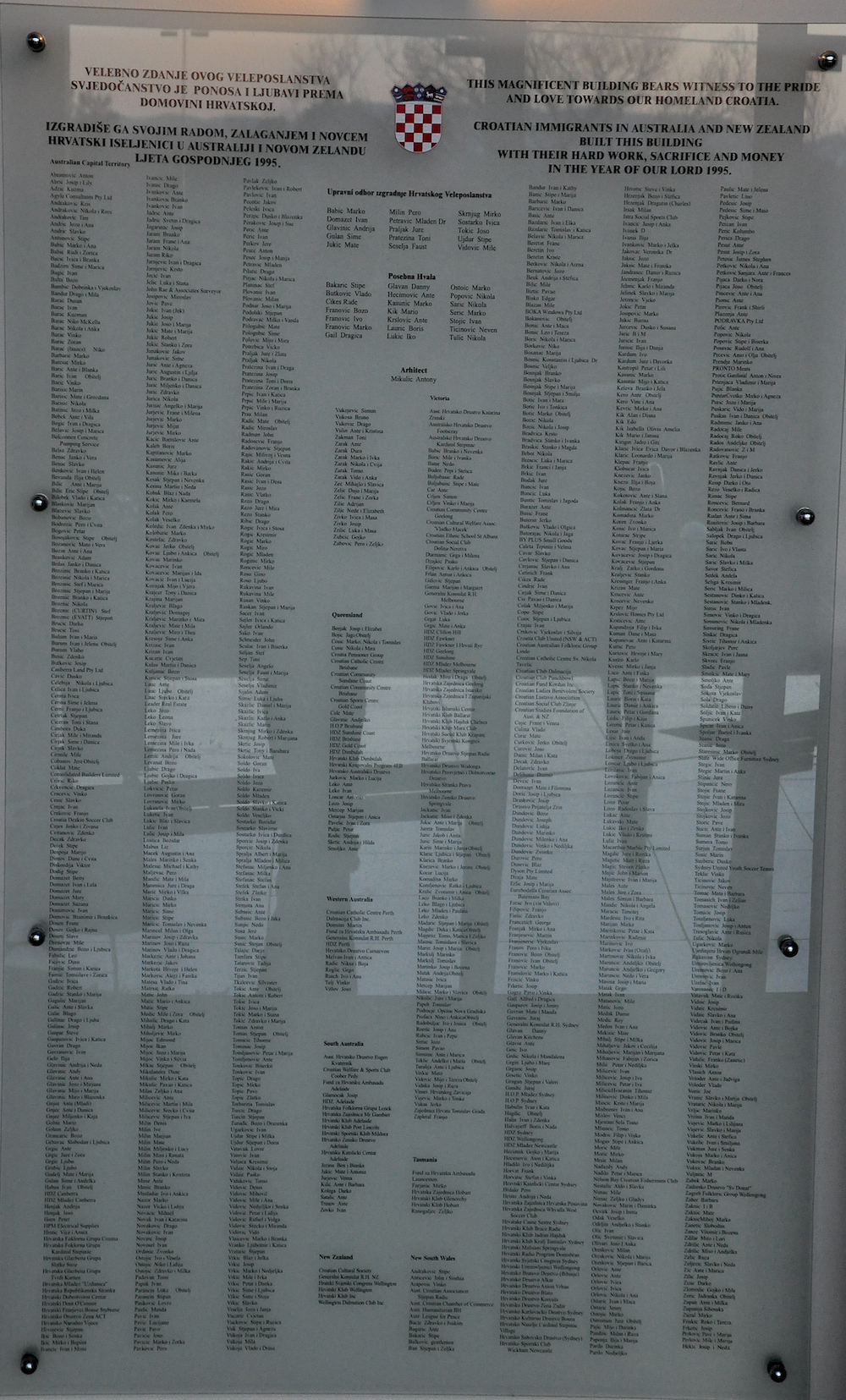 Photo by the courtesy of H.E. Dr. Damir Kušen, ambassador of the Republic of Croatia in Canberra, Australia. Larger photo: [ JPG] 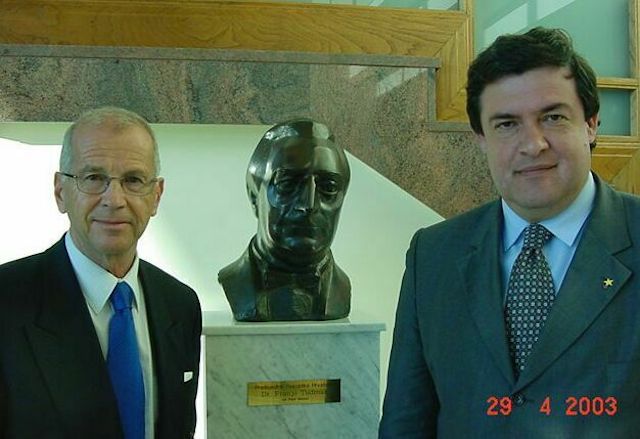 Dr. Mladen Ibler and Dr. Zdenko Franić by the bust of the first Croatian president Dr. Franjo Tuđman. 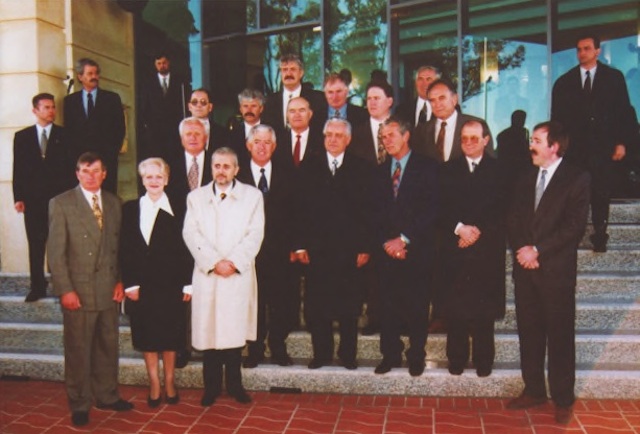 Dr. Franjo Tuđman, president of the Republic of Croatia with his colleagues and with
the members of the Council for building the Croatian Embassy in Camberra, on 21st June 1995.
Photo by the courtesy of H.E. Dr. Mladen Ibler.
In the garden adjoining the covered walkway, a stone sculpture by Marijan Bekic Kipar keeps watch over the valley: she is Vila Velebita, a fairy “defending and taking care of Croatia, especially in the mountainous part.” Velebit is a mountain range in Croatia, its highest peak 1,400 metres, dividing Croatia’s coastline from the inland. “It’s beautiful,” Dr Ibler says.“ On one side is the Adriatic Sea, on the other, forests.”
Vila Velebita may watch over Woden’s valley, but so too does the valley regard her embassy in return. “I really like the building’s prominence on that site,” says Antony Mikulic. “I knew the block’s vista was beautiful, but it wasn’t until the building was finished that I truly grasped how visible the embassy is from almost all aspects of the valley. It surprised and pleased me.”
Dr Ibler’s ambassadorial role has three main tasks, he says: “One part of my work is to try to help the Croats who live here to integrate into the Australian community.” Most of Australia’s Croatian community came after the Second World War, continuing into the 1960s (though Dr Ibler mentions the first Croatian immigrants arrived here as early as the 19th century). As for integration, “they do fine by themselves, but sometimes it’s necessary to help with cultural endeavours,” such as the concerts, lectures and exhibitions hosted in the consulate hall.
|  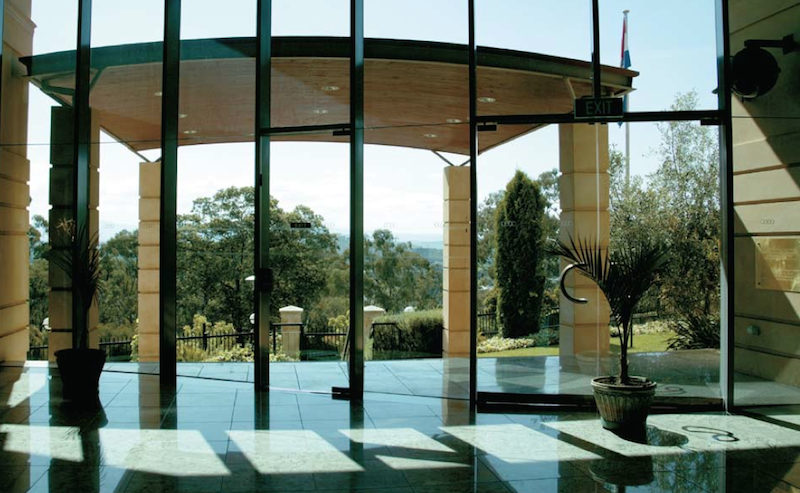
Another task is promoting and maintaining the countries’ “small trade connection, such as food and textiles”.Trade links may yet develop further because “if you suppose that Australian goods are coming by ship, then we have several harbours on the Adriatic Coast, which could be used for transport to central Europe, to the European Union, for which Croatia is now a candidate for membership. ”Dr Ibler estimates Croatia will join the EU “within a few years” and, in anticipation of the trade opportunities EU membership will present, embassy staff are helping to establish Australian-Croatian chambers of commerce in the Australian state capitals.
In a different sort of trade, Dr Ibler has helped arrange an exchange of doctors and specialists between the Universities of Melbourne and Croatia. It was his background in medicine as an anaesthesiologist in Denmark, organising humanitarian aid for Croatia through the Danish red Cross, that led Dr Ibler to a diplomatic career. He has made use of his old networks to help “nurses and young doctors come to Melbourne from Croatia and stay three months to learn emergency medicine”. In return, professors from Melbourne’s medical faculty go to Croatia to lecture.
His third task “is to inform Australians about Croatian culture and especially about Croatian tourism. We have a beautiful country: we have the Adriatic coastline with small islands, we have mountains, we have lakes and rivers. I know that Australians like to travel throughout Europe as backpackers and that means there is a lot of potential for tourism.”
|  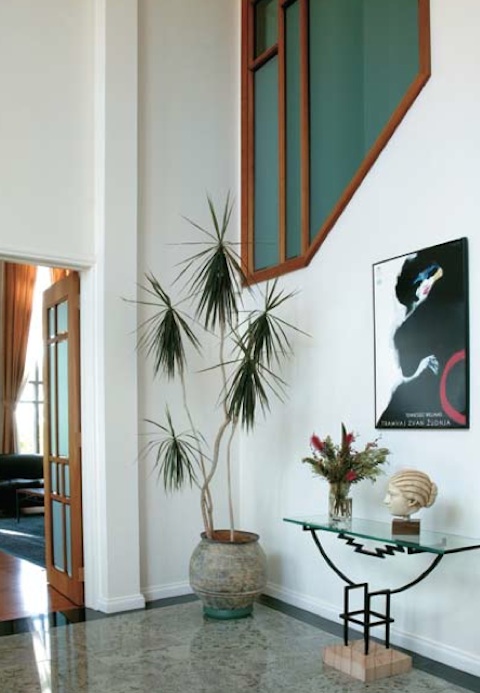
Director of the Southern Europe section in the department of foreign Affairs and Trade, Tony Urbanski, says most Australian tourists have been visiting the Dalmatian coast. “Many will have heard of the wonderful walled city of Dubrovnik but they may not be aware of the other ancient towns, with their marble pavements and orange roofs and historical links to Celtic, Roman, Greek and Venetian civilisations.”
Urbanski is aware of Dr Ibler’s role in the emergency medicine project, and says Croatian health and government authorities have taken other cues from Australia.
The Croatian anti-smoking campaign, for example, “was based on Australia’s, including the use of Australian television promotional materials.” Another exchange of knowledge is taking place through the return home of Croatians who remained in Australia until Croatia’s independence.
| 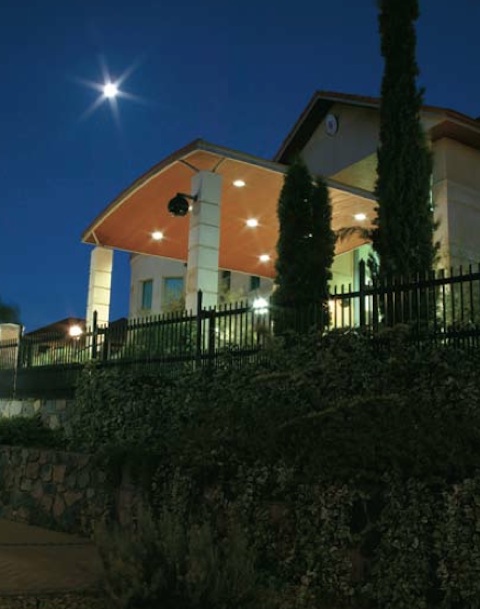
“They have been able to incorporate their Australian knowledge into the development of some of Croatia’s key infrastructure, in sectors such as telecommunications, development of financial markets and the arts,” Urbanski says, adding that the migration to Croatia of young Australians claiming dual citizenship forms “one of the most positive bridges between both countries. These Australians – usually aged 20 to 35 – are anxious to experience their parents’ homeland and, in doing so, enable Croatia to tap into their skills, education and innovation developed in Australia.”
Dr Ibler has now had five years at his Australian post, accompanied by his Danish wife, Tove, and expects to move on in the near future. They have three children and grandchildren at home in Europe, and Dr Ibler would delight in a post on the continent to be nearer to them. Having grown fond of Australia during his extended posting, Dr Ibler says the only problem is that “Australia is so far away, a 26 or 27-hour flight from Europe.” In leaving, he will take with him a story unique in the diplomatic corps: of how a community built its own embassy.“ It is a great thing, a unique thing. I know that my colleague ambassadors are deeply impressed.”
| Many thanks to Dr Mladen Ibler, Denmark, for sending us this article, publisihed by The Lifestyle Magazine CAPITAL for in and around Canberra, in the 14th issue of January - February 2005. And last, but not least,  many thanks to Ainsleigh Sheridan for her excellent article, as well as to 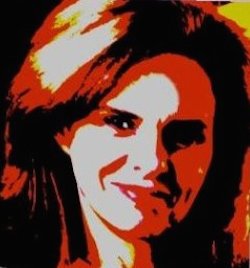 Elizabeth Hawks for her superb photos.
Mladen Ibler, CV
Dr. Mladen Ibler was born in Zagreb, Croatia, on the 18th of December 1937. Married, with three children. Besides Croatian, speaks English, Danish, German and Russian. After completing high school in Zagreb in 1956, studies medicine and graduates from the Faculty of Medicine of the Univeristy of Zagreb in 1963 and from the Faculty of Medicine in Aarhus, Denmark, 1967. Specialist in anaesthesiology and intensive medicine at the Univeristy of Copenhagen Medical school, 1978. Assistant professor at the Faculty of Medicine and lecturer at the World Health Organisation postgraduate scourses in Copenhagen 1975/79. Chief of the Department of Anaesthesiology and Intensive Care from 1979-96. Professional and scientific training at the universities and clinics in Houston, Minneapolis, Urbino, Stockholm and Graz. Published over fifsty scientifc papers, lectured at the international congresses and sympositums in Croataia, the Unieted States and Scandinavian medical societies.
Besides mentioned, he published a number of research articles on the Scandianavian history, politics and culture in the Croatian and interntional periodical/reviews and lectured on the same topics at the Craotian, Scandinavican and Australian universities, politicla forums, radio and TV. He organized Croataian workshope at the Internationa Peace and Understanding Conferenence in Cophangegen (1989) and Vienna (1991) and lectured at the same conference in Copehagen (1994).
As the president of the Croatian Cultural Association in Denmark, he worked on the internationl recognition of Croatia and the estabishment of political and diplomatic relations between those two countries. In 1992 he became a representative of the Croatian Red Cros and coordinator for the Croatia humanitarian aid in Denmark.
Honorary Consul of Croatia to Denmark 1994. Having completed Diplomatic Academy in Zagreb, ambassador to Sweden, Latvia, Lithuania, Estonia and Finland domiciled in Stockholm in 1996. From 1999 till 2005 he was ambassador of Croatia to Australia and New Zealand, with docmicile in Canberra.
Dr. Ibler was winner of a anumber of international grants for research in anaesthesiology and applied clinical physisology. For his work pro patria, the President of the Republic of Croatia decorated him with the Order of Prince Branimir with Ribbon and the Homealnd Gratitutde Memorial Medal.
|
Mladen Ibler, CV
Izvanredni i opunomoćeni veleposlanik Republike Hrvatske u Švedskoj sa sjedištem u Stockholmu od 1996. do 1999. godine. Akreditiran u Republici Finskoj od 1997. do 1998. godine te u Republici Estoniji, Republici Litvi i Republici Latviji od 1997. do 1999. godine. Izvanredni i opunomoćeni veleposlanik u Australiji sa sjedištem u Canberri od 1999. do 2005. godine, akreditiran u Novom Zelandu od 2000. do 2005. godine.
Rođen je u Zagrebu 18. prosinca 1937. godine.
Diplomirao je medicinu na Medicinskom fakultetu u Zagrebu 1963. godine, također stekao diplomu Medicinskog fakulteta u Aarhusu, Danska 1969. Specijalizirao anesteziologiju i intenzivnu medicinu 1975., docent je kliničke anesteziologije na medicinskom fakultetu u Kopenhagenu i predavač na post-graduate tečajevima anesteziologije Svjetske zdravstvene organizacije (WHO) od 1975. do 1979. godine. Od 1979. šef Odjela za anesteziologiju i intenzivnu medicinu Općinske bolnice u Holbaeku, Danska. Stručno i znanstveno se usavršavao u Hustonu, Minneapolisu i Grazu. Objavio preko pedeset originalnih radova iz područja anesteziologije i intenzivne medicine te predavao na međunarodnim kongresima i simpozijima u domovini, SAD i europskim zemljama. Od 1978. savjetnik SOS-Internationala u Kopenhagenu. Dobitnik je više međunarodnih stipendija za znanstvena istraživanja na području anesteziologije i kliničke fiziologije. Član je Hrvatskog zbora lječnika i skandinavskih lječničkih udruga.
Od 1972. objavio veći broj članaka o hrvatskoj povijesti, politici i kulturi u domaćim, iseljeničkim i inozemnim časopisima i novinama. O istim temama je držao predavanja na Sveučilištu u Aarhusu, televiziji i u danskom Parlamentu. Organizirao hrvatski seminar na međunarodnim konferencijama Zaklade za mir i sporazumijevanje u Kopenhagenu 1989. i u Beču 1991. godine.
God. 1990. organizira Hrvatsku kulturnu zajednicu u Kopenhagenu i njen je predsjednik. U suglasnosti s Predsjednikom Republike, neslužbeni je predstavnik Republike Hrvatske u Kraljevini Danskoj od 1990. do 1993. Imenovan je opunomoćenikom Hrvatskog Crvenog križa u Danskoj 1992. godine, te počasnim konzulom RH u Danskoj od 1994. do 1996. godine.
Član je Hrvatskog diplomatskog kluba od 2005. godine.
Supruga Tove, rođena Kirkegaard, ortodontska tehničarka, troje djece.
Nositelj je odličja Reda kneza Branimira s ogrlicom i Spomenice domovinske zahvalnosti.
| |